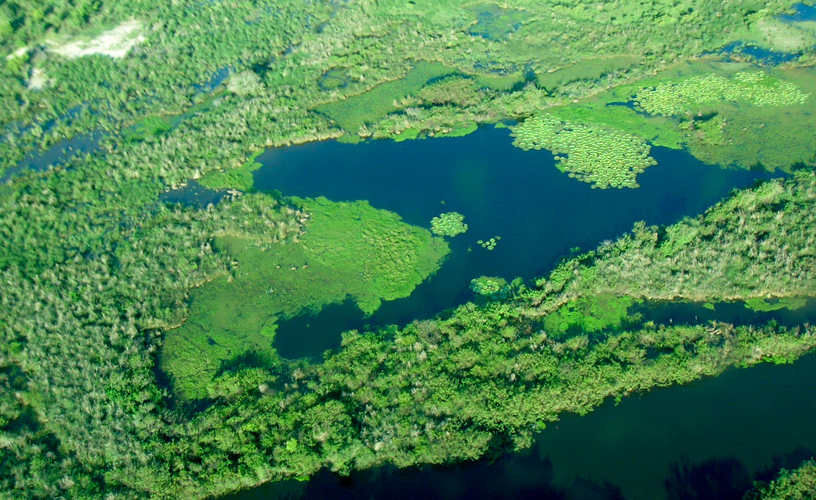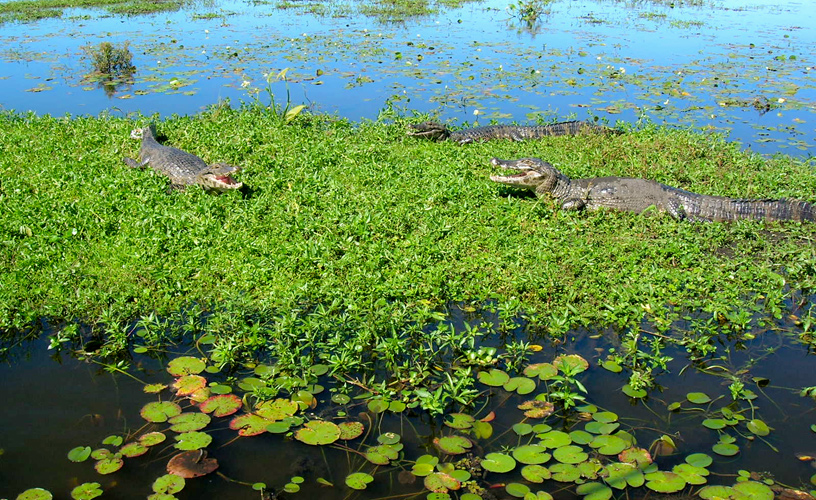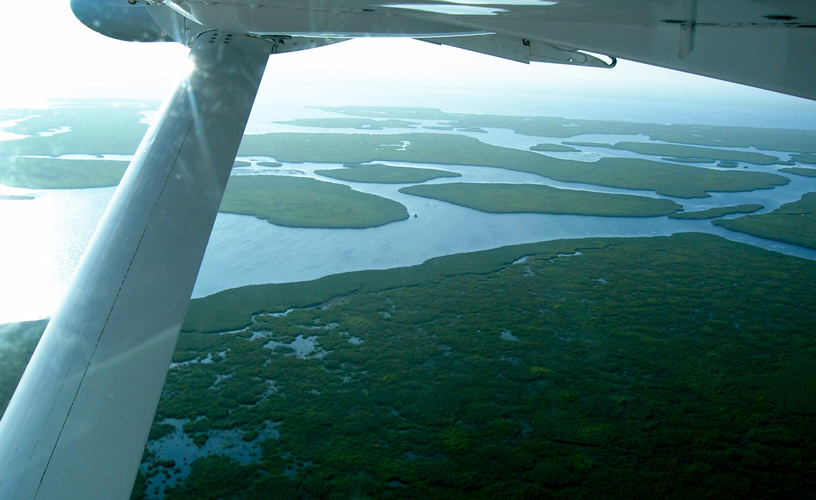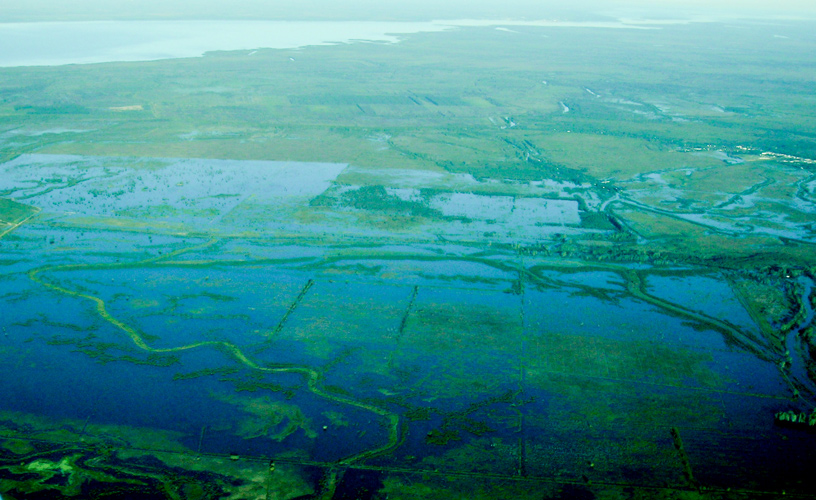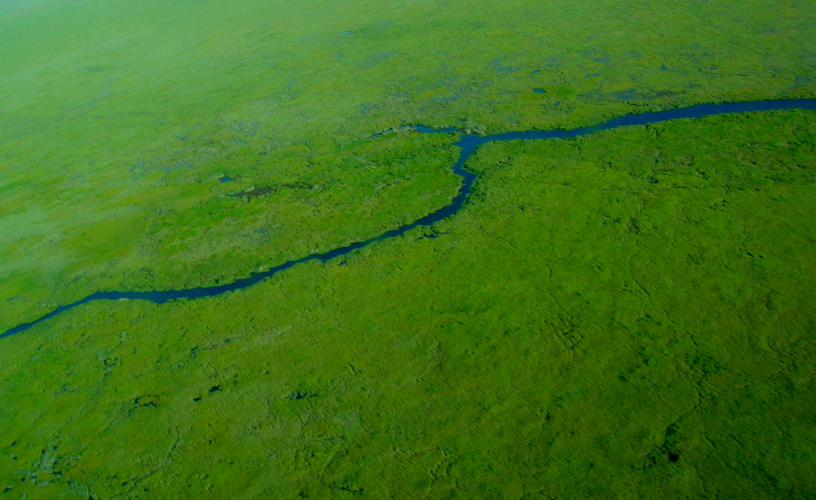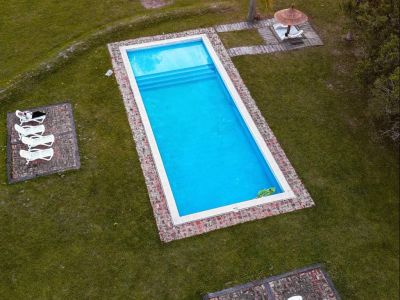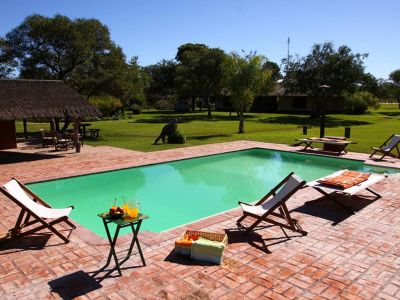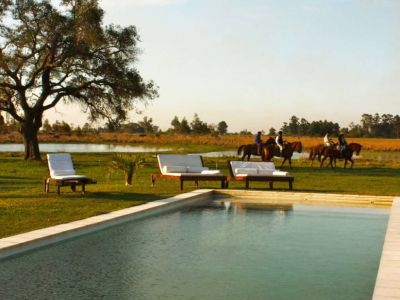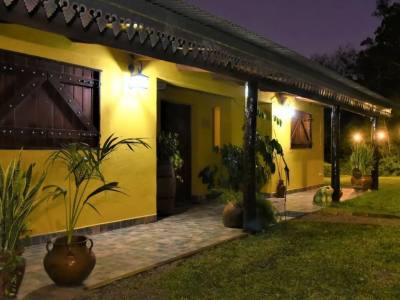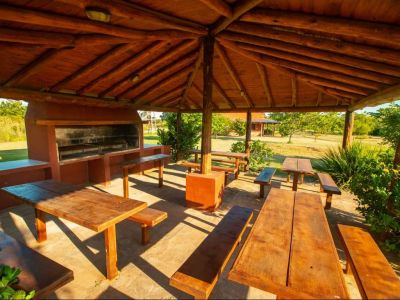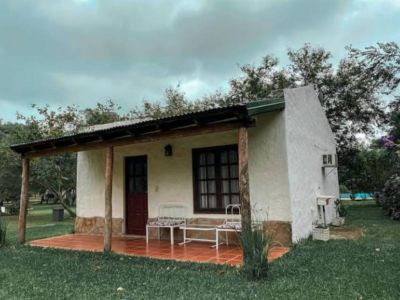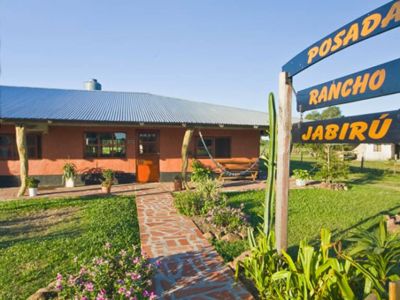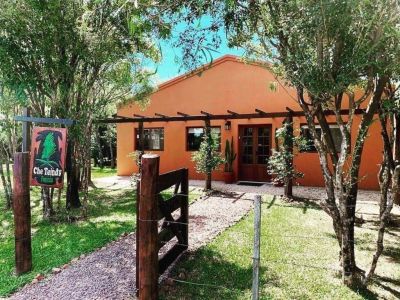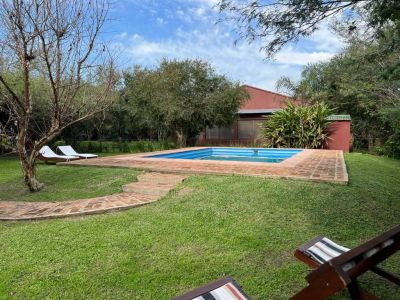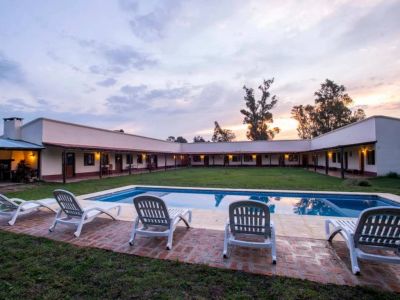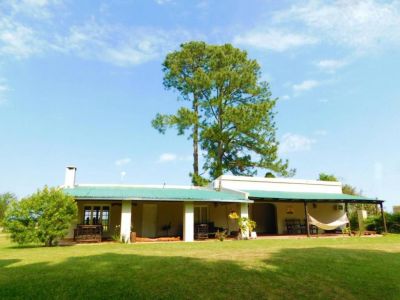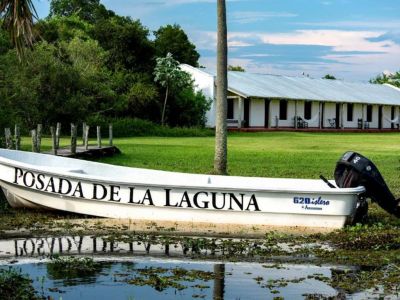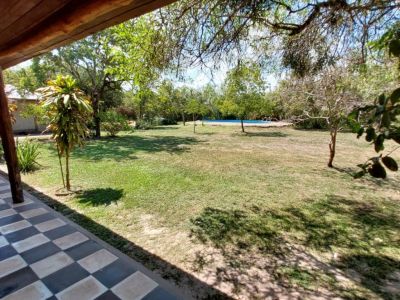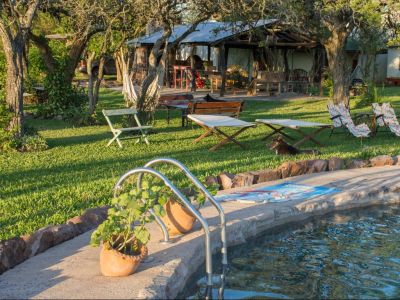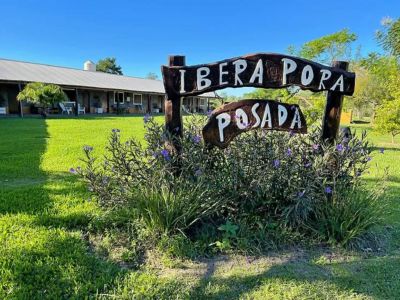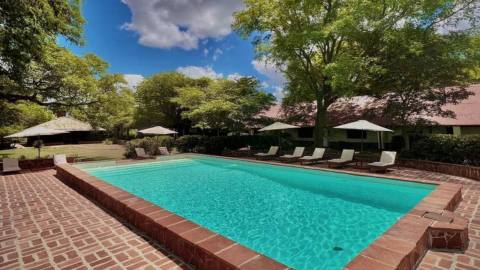The Iberá Wetlands are the entrance to the Guaraní Aquifer, the world’s largest water reserve for the next few centuries. A treasure worth more than what one might think.
Better Water than Gold
In Europe and also in the United States, water is not abundant and has already started to be the object of speculations all over the world. It is believed that whoever has domain over it in the next centuries will manage the future of mankind.
The Guaraní Aquifer, which crosses under the triple border (Argentina, Brazil and Paraguay) and which is shared by Argentina, Brazil, Uruguay and Paraguay, is an asset precious to the entire planet, as it could supply millions of people with the appropriate exploitation.
Of the almost 1.5 thousand million of cubic kilometers of water existing in the planet, only 2.5% is fresh water and the rest might eventually be purified. However, this may be done by investing means and money only very few countries can afford.
The Iberá Wetlands are, in a way, one of the largest gates into this world water reserve. No wonder the biggest real estate investments, especially the great lots, have been recorded there.
During each wildlife mapping tour, the guides try to make visitors aware of the presence of this underground layer of fresh water. Even if there is no point from where to watch them at first sight, morphological and geological studies and the scientists that have worked on it, and still do, give evidence of their existence.
An Entrance Gate
The Carlos Pelegrini colony, which operates as an entrance to the Reserve, is also, according to maps, the place where the largest amount of water in our country is contained.
Under these bright waters, which the Guaraní people wisely called “iberá”, lies the largest groundwater reserve in the world, with 1,190,000 square kilometers, out of which 850,000 square kilometers (70%) are part of the Brazilian territory; 225,000 (19%) are Argentinian; 70,000 (6%) Paraguayan and 45,000 (5%) Uruguayan.
The underground water of this aquifer resides in ancient geological formations (rocks between 200 and 132 million years old) corresponding to the Triassic, Jurassic and Lower Cretaceous Periods. It was then, when Africa and South America formed one same continent, that the deposits began to turn into rivers and lakes.
The need to protect fresh water, as well as the application of integrated planning criteria and use of these waters, have turned this into an issue of international importance. The present challenge for man is not to begin a fight for water but, on the contrary, find the most rational and legal ways so that one of the most basic needs we human beings have is guaranteed for all.
Pablo Etchevers
Pablo Etchevers
